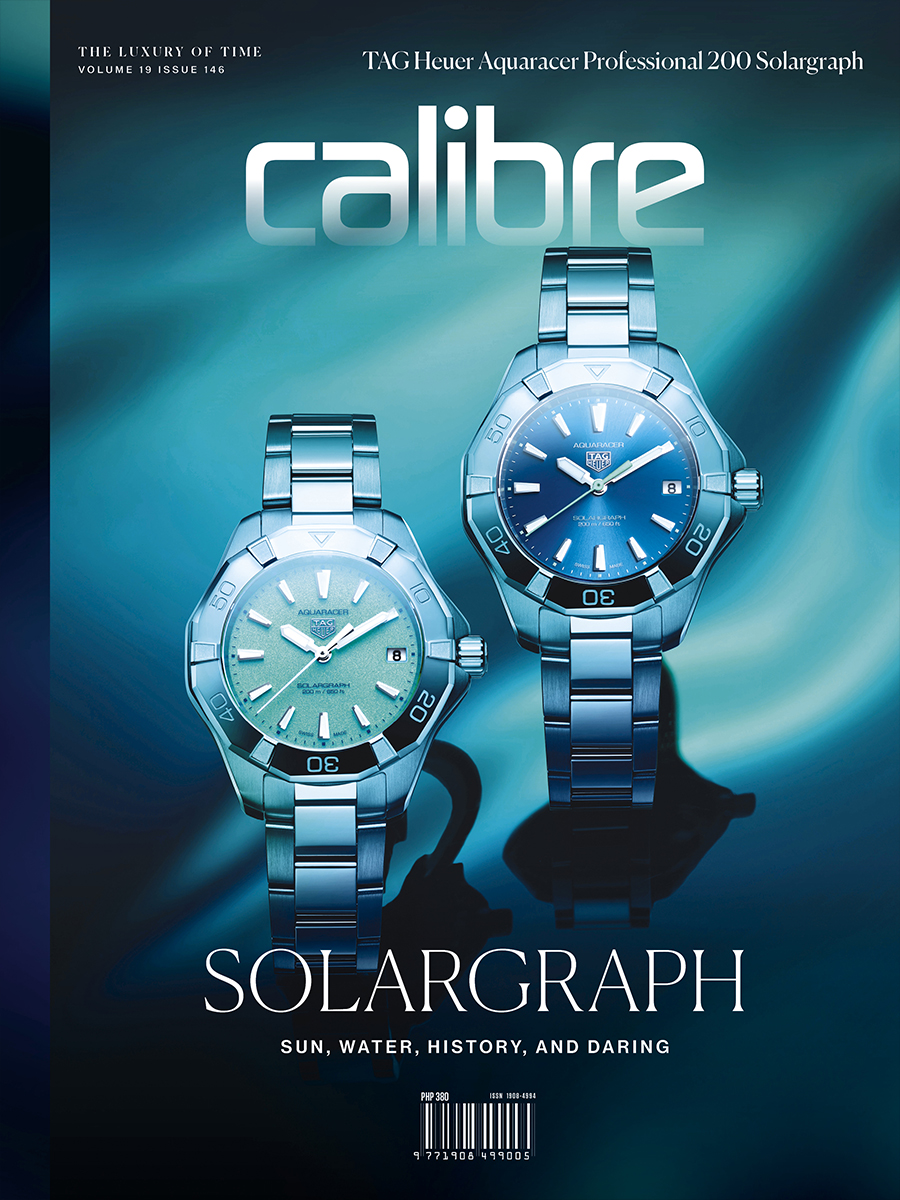THERE are several ways in which the new Audemars Piguet Royal Oak Selfwinding Perpetual Calendar Ultra-Thin (the name is a mouthful, yes, but so is its reference; 26586IP.OO.1240IP.01) is so vastly different from the original Royal Oak Gerald Genta penned nearly 50 years ago.
Most patently obvious among these differences is the new model’s perpetual calendar complication afforded by an ultra-thin caliber. A less conspicuous change is the latest Royal Oak’s platinum and titanium construction; it’s something not exactly easy to discern from images alone (but, of course, the Royal Oak has been rendered in different materials throughout its existence).


Beneath this dial and titanium-and-platinum case resides Audemars Piguet’s cal. 5133, which also spun the RD#2 prototype. This self-winding movement packs 256 parts (37 of which jewels) into a structure only 2.89 millimeters’ thin. To achieve this, Audemars Piguet rearranged the way a typical perpetual calendar mechanism is put together, compressing its usual overlapping three layers into a single plane. The result of the effort are two patented innovations: the end-of-the-month cam has been integrated to the date wheel, while the month cam has been combined to the month wheel. Despite cramming the components beside one another, instead of one on top of the other, the cal. 5133 is still just 32 millimeters’ across.
Incidentally, it oscillates at an irregular 19,800vph. It has a 40-hour power reserve.
This ultra-thin movement has what allowed the RD#2’s (or the ref. 26586PT.OO.1240PT.01) case a 6.3-millimeter height. And it’s the same reason why the Royal Oak Perpetual Calendar Ultra-Thin is just as, well, thin (the case also measures 41 millimeters’ across). So, what Audemars Piguet managed in the RD#2, and continues to do with the evolutionary piece, is set the record for the world’s thinnest automatic perpetual calendar wristwatch. This puts the brand in lockstep with Bvlgari and Piaget, both of which having chalked up thinnest wristwatch milestones (though with different complications).

Speaking of measurement milestones, Audemars Piguet certainly isn’t lacking. The brand says it made in 1921 the thinnest pocket watch movement, which was only 1.32 millimeters’ high (the cal. 17SVF#5); in 1938 an extra-thin wristwatch calibre that was 1.64 millimeters’ thin; in 1967 a self-winding movement (cal. 2120) only 2.45 millimeters’ thick; in 1978 a self-winding perpetual calendar movement (cal. 2120/2800) that was 3.95 millimeters in height; and in 1986 set the record for an automatic tourbillon watch that was 5.3 millimeters’ thin (the tourbillon was also only 7.2 millimeters across — the smallest ever produced in any significant quantity).
By the way, Audemars Piguet, in 1955, also beat its brethren by making the first perpetual calendar wristwatch fitted with a leap year indication. This was the model 5516, which was powered by the cal. 13VZSSQP.
So a Royal Oak without a tapisserie dial maybe missed. But taken in context against this backdrop, it isn’t quite the loss, is it?


